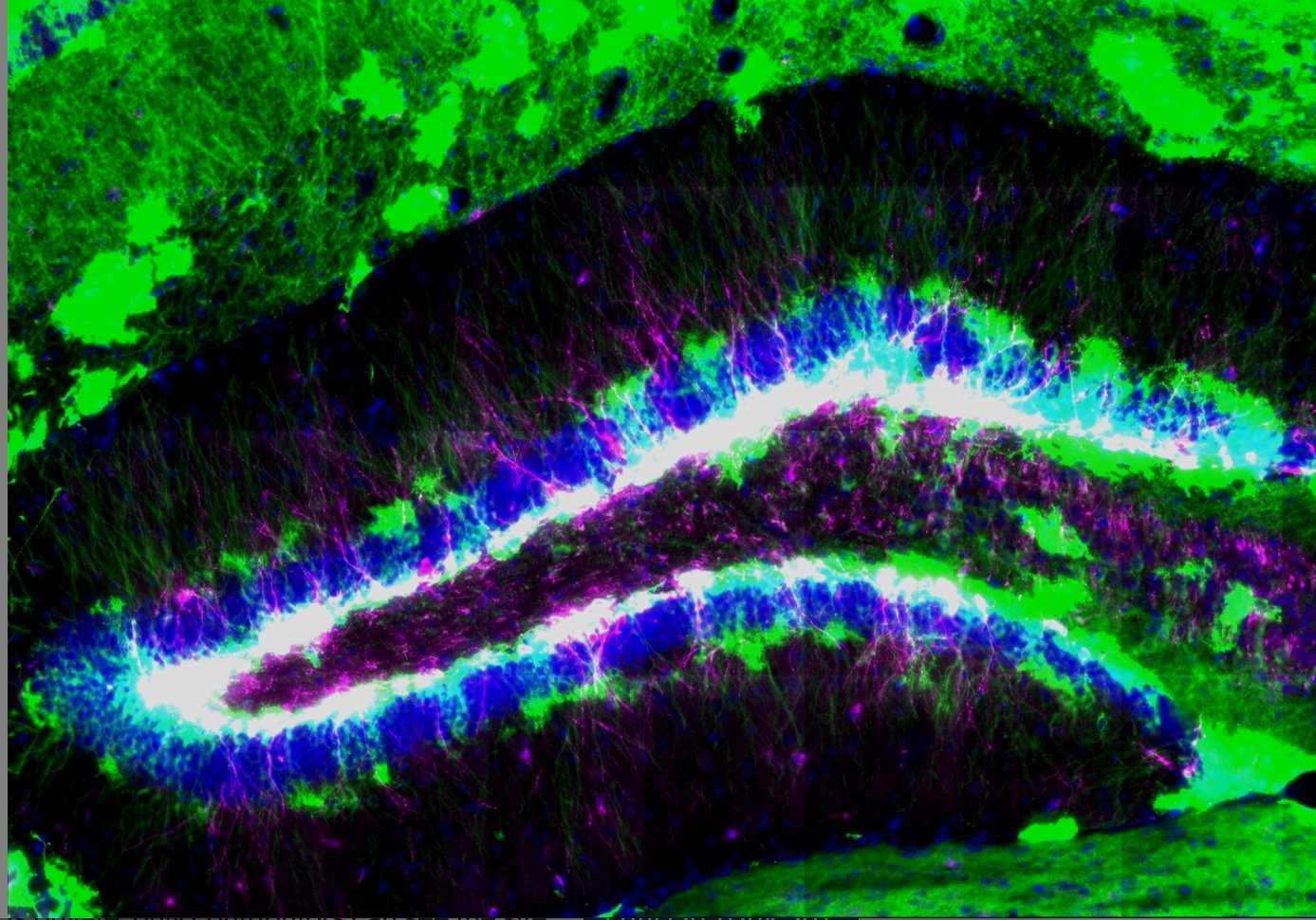
Bridging neuroscience, transcriptomics and epidemiology to study resilience.
Some people are at higher risk for mood disorders than others, for example because of early life adversity or having a family history of psychopathology. However most people who are at higher risk, remain without psychopathology. What are the mechanisms leading to this resilience?
The overarching goal of my research program is to integrate cross-species environmental, (functional) genomics and neuroimaging data to elucidate mechanisms that lead to individual differences in susceptibility and resilience to mood disorders. My ultimate purpose is being able to pinpoint high-risk children most likely to develop psychopathology, so that we can direct prevention efforts to those children to prevent development of disorders.
Intergenerational Depression
Having a parent with depression makes it more likely that their children will develop depression as well. Having both a parent AND a grandparent with depression increases that risk even further. We know that this is partially due to genetics, and it can also be because of differences in the early life environment of the children (e.g. more stress in the child’s life). However it is important to note that many children with parents with depression will not develop depression themselves at all. I try to understand what distinguishes the children who grow up to be psychopathology free and those children who end up developing depression themselves using multiple methods.
Dentate Gyrus of the Hippocampus
Since my doctoral research I have focused on the dentate gyrus subregion of the hippocampus, unique for its adult neurogenesis. This region has been implicated in susceptibility and resilience to (early life) stress across both animal and human studies. This region has also been associated with depression and in the past years I have investigated if and how this region may be involved in intergenerational transmission of depression.